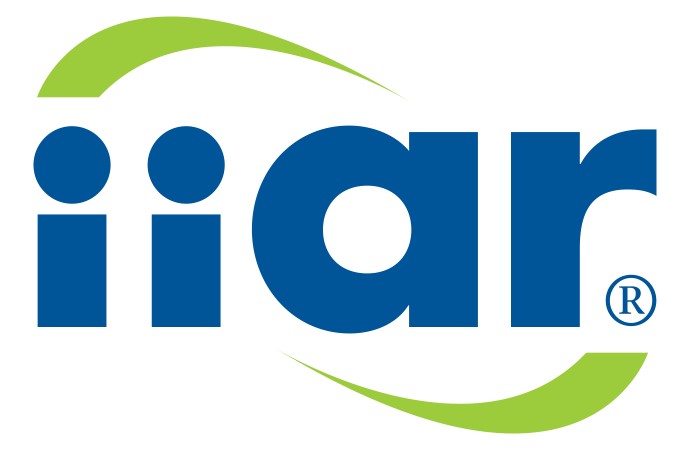IIAR’s hydrocarbon-standard effort underway
April 05, 2019
Safety standard will focus on commercial and industrial applications in machine rooms or outside buildings, including chillers and heat pumps.

The standards committee of the International Institute of Ammonia Refrigeration (IIAR) has begun work on a safety standard for hydrocarbon refrigerants in commercial and industrial applications, including chillers and heat pumps.
Though traditionally focused on ammonia, IIAR “is fully capable of developing ANSI-approved standards safety standards for hydrocarbons,” said Bruce Nelson, president of Colmac Coil Manufacturing, and chairman of an IIAR task force that looked into developing a hydrocarbon standard last year. “A hydrocarbon safety standard – which is needed and missing – fit’s our mission to make the world a safer place.”
The IIAR standard is officially known as “Design, Installation, start-up, Inspection, Testing and Maintenance of Closed-Circuit Hydrocarbon Refrigeration Systems.” The standard will focus on commercial and industrial applications used in engine rooms or outside facilities, “where ventilation and the lower flammability limit can be controlled,” said Nelson.
The hydrocarbon standard subcommittee will evaluate existing standards, especially those in Europe,” said Pillis. Because ASHRAE already has a design standard for hydrocarbons, IIAR will be working with ASHRAE’s Standard 15 committee “to determine current gaps in their design standard,” said Dave Rule, president of IIAR, in an interview last year.
Rule noted that the hydrocarbon standard would not address low-charge (150 g or less) commercial display cases or residential refrigerators. Those “are considered to be covered under UL standards,” he said.
Nelson ranked hydrocarbons highly as a refrigerant, pointing it that it is very efficient. He cited ASHRAE statistics that listed propane (R290) as having a COP (coefficient of performance) of 5.987 in a refrigeration system at 20°F evaporating and 86°F condensing, just below ammonia’s COP of 6.254, and higher than the COPs of R507A (5.564) and R744 (3.514).
Nelson said the price point and ROI for hydrocarbon systems are better than those for ammonia and CO2. “In my opinion, hydrocarbons are the only natural refrigerants that meet or beat F-gases on first cost and energy efficiency combined,” he said.
Another advantage of hydrocarbons is their low liquid density, said Nelson. “They have about half the liquid density that HFCs do. So for the same amount of work, you use half the charge.”


